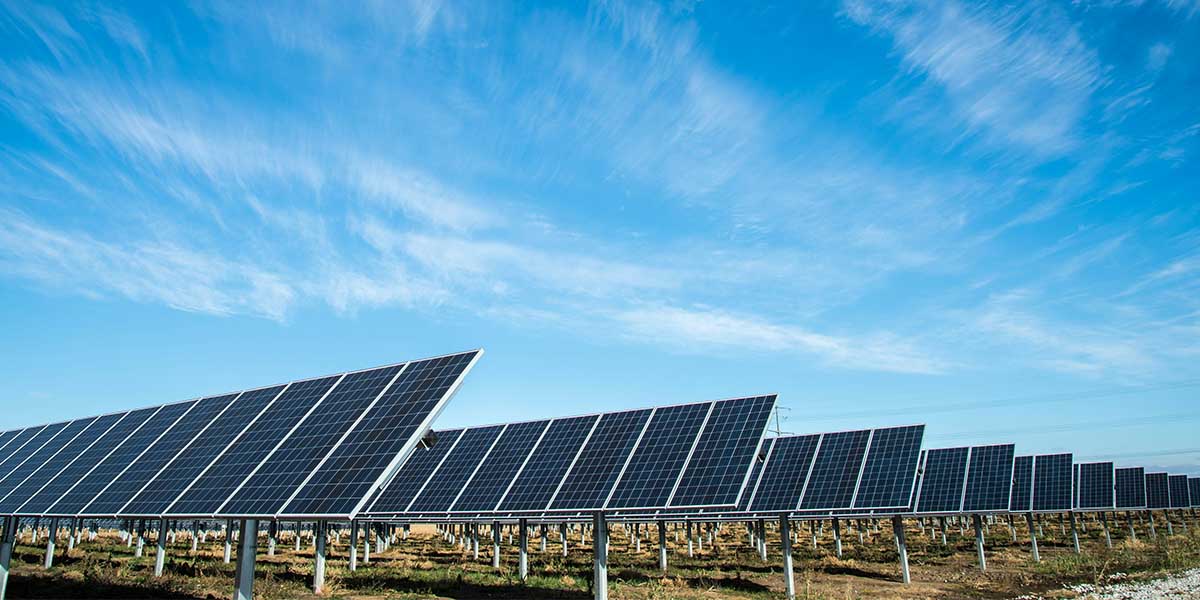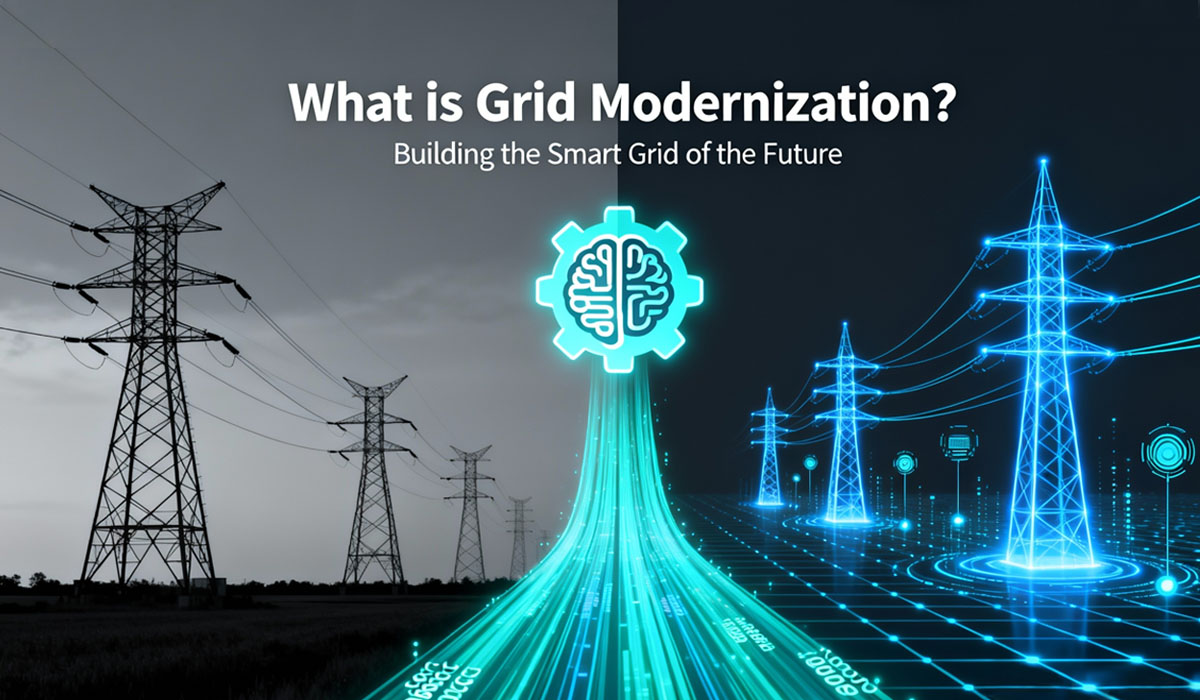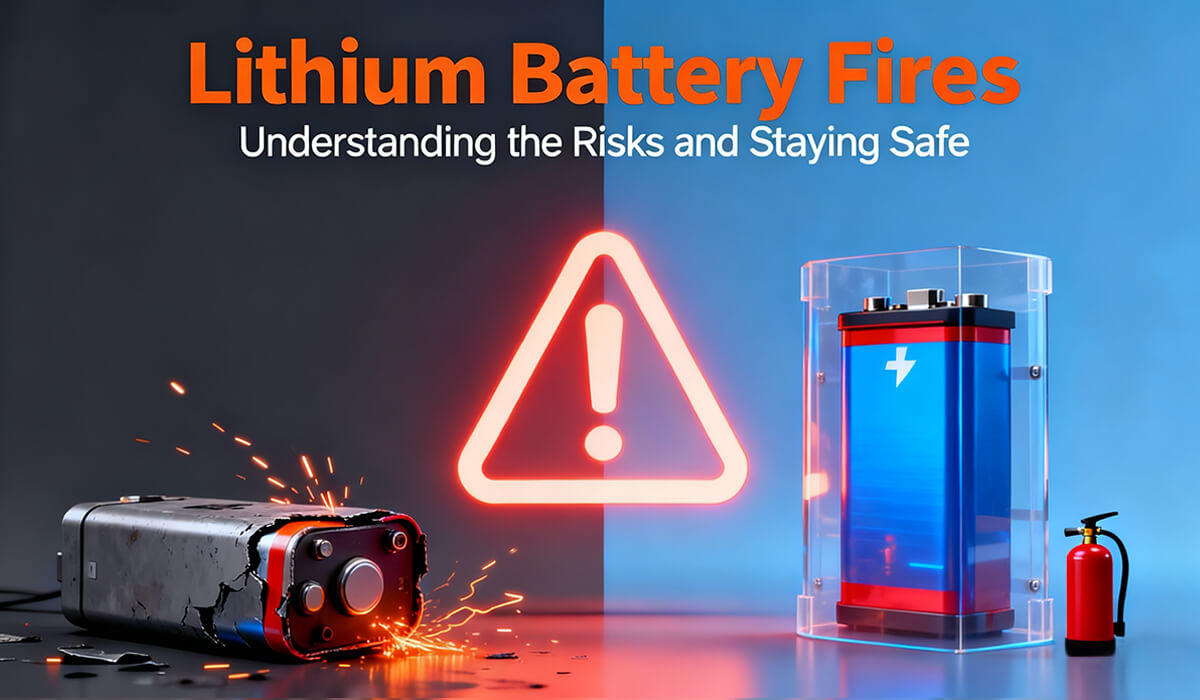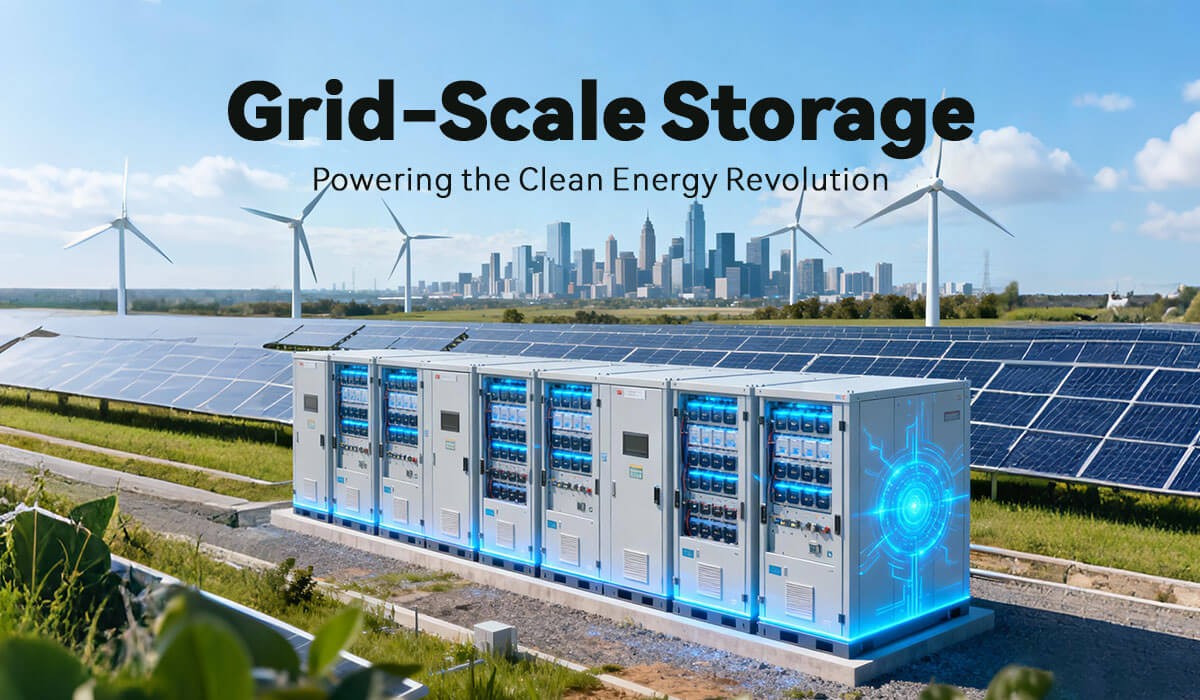Blog
Blog
Convert Dc to Ac Power Guide
Published by Dawnice, March 13, 2025
How to Convert DC to AC Power: A Comprehensive Guide for Efficient Energy Use
In today’s world, where energy efficiency and sustainability are paramount, understanding how to convert DC (direct current) to AC (alternating current) power is crucial. Whether you’re powering a camper van, setting up a solar panel system, or simply looking to maximize the use of your battery power, this guide will walk you through everything you need to know about DC to AC voltage conversion.

What is AC Power?
AC, or alternating current, is the most common form of electricity used in homes and businesses. It gets its name because the current alternates between positive and negative directions, creating a sine wave pattern. In the United States, most electronic devices operate at 60 Hz, meaning the current alternates 60 times per second. In Europe, the standard is 50 Hz. Using devices with incompatible hertz levels can cause them to malfunction or burn out.
What is DC Power?
DC, or direct current, flows in a single direction and has a hertz level of 0, meaning it doesn’t alternate. DC power is commonly found in battery-operated devices like smartphones, remote controls, and car batteries. USB chargers are also a form of DC power, providing a steady voltage to charge your devices.
Key Differences Between AC and DC
- Source: AC power typically comes from electrical grids, while DC power is stored in batteries.
- Transportation: AC power can be easily transported over long distances with minimal power loss, thanks to transformers. DC power, however, weakens over distance and is best used close to its source.
- Usage: Many household appliances and electronics require AC power, while portable devices often run on DC power.
How to Convert DC to AC Power
Converting DC to AC power is essential for using stored battery energy to power AC devices. This conversion is achieved using an H-bridge circuit, which controls the flow of electricity to replicate the AC sine wave. Specialized devices called inverters contain these circuits and are used to safely convert DC to AC power.
Why Convert DC to AC?
- Energy Storage: DC power can be stored in batteries, making it ideal for solar panels and RVs.
- Device Compatibility: Many household appliances require AC power to function efficiently.
- Efficiency: Converting DC to AC allows you to use stored energy more effectively, reducing the drain on your battery.
What is an Inverter?
An inverter is the technical term for a DC-to-AC converter. There are various types of inverters, from portable models for RVs to larger systems for off-grid properties. When choosing an inverter, consider your wattage requirements to ensure it meets your energy needs.
Can Inverters Convert AC to DC?
While some inverters can reverse the process, most are not designed for AC to DC conversion. For this purpose, a separate converter is recommended to avoid wear and tear on your system.
Conclusion
Understanding how to convert DC to AC power is essential for anyone looking to optimize their energy use, whether for recreational vehicles, solar systems, or everyday electronics. By using the right inverter and understanding the differences between AC and DC power, you can ensure efficient and safe energy conversion.
For more information on battery packs, inverters, and energy solutions, contact us . Our team is here to help you make the most of your energy systems.






